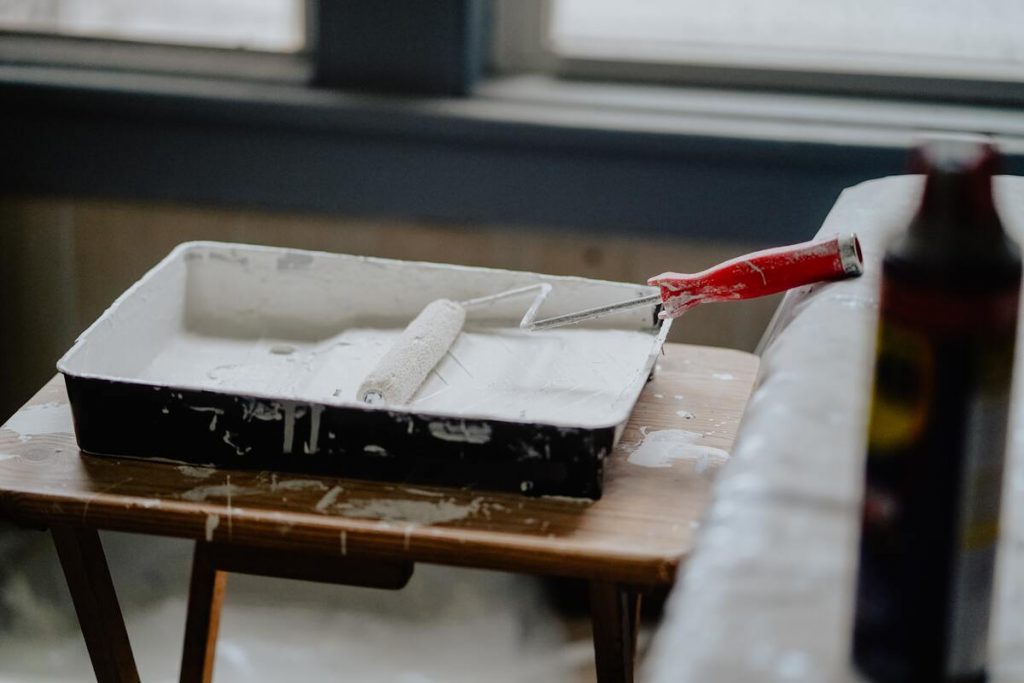For the uninitiated, designing a home can be tough; and it can be even more challenging when the home comes completely bare. One of the easiest ways to add character and flair to a residential property is by adding some stunning wall treatments and designing around them. If you want your walls to have a certain pizzazz, here is your guide to choosing and designing wall treatments.
Make plans
When it comes to building a new home, every single detail must be thoroughly planned and established. While many of these will fall on your architect and interior designer, it can’t hurt to have your hand in the planning as well—especially since you are the one who has to live with and in the home.
Especially when it comes to wall treatments, home builders tend to make the walls an afterthought, when in fact, the walls need to be one of the first aspects of the home they need to think about. This is because, more often than not, when everything is finished and designed, homeowners find that walls can be a bit too bare and that they might need something more.
During the early stages of designing your home, be sure to work closely with your architect and interior designer to check if the walls of your future home need treatment—don’t wait until you’re halfway through or completely done to think about it. Make sure you have a vision for what you want your spaces to look like and have enough foresight to know when to add something early.
Look for inspiration but think outside the box
While there’s nothing wrong with making a Pinterest and pinning other people’s houses on your vision board, doing everything the way others did will make you run the risk of having your home look like everybody else’s. Being creative and imaginative with your home’s wall treatments will help build a custom home that makes sense functionally and gets with the times. But it is still different enough that it allows your personality and style to shine through.
When it comes to choosing a wall treatment, it’s all about looking beyond what they are at the moment, but their potential and what they could be. Don’t feel like you have to follow rules of thumb or traditional types of wall treatments.
If you truly want your house to be custom, you can consider working with your designer to put various pieces together, cut specific designs down, and in the process, create something entirely fresh and different. It will also allow you to be different in terms of finding decorative and art pieces for your home.

Ensure the treatments don’t compromise the structural integrity
One of the worst things that could happen to your home is moisture degradation, second only to aesthetic degradation. While having wall treatments can certainly make your home look better and more stylish, you don’t want them at the cost of your home’s safety and structural integrity. Make sure your contractor is skilled enough that the wall treatments don’t cause leaks.
You can also consult with your engineering team to know if your state allows for more durable materials for your home. Industrial molding manufacturers now specialize in metal-to-plastic conversion using cutting-edge technology, making your systems more durable, efficient, and long-lasting.
Aspire for cohesion
While exploration and experimentation are always good when designing anything, you still want to keep cohesion and unity in mind when planning your wall treatments. Being cohesive is key to ensuring that everything in your home flows well together. One example is using a single material for different shiplap in multiple rooms. This ensures that even if the shiplap is laid down in different styles and ways, as long as they are made of the same material, you can still find a level of cohesion and flow for your entire home. Everything will still feel unified even if you opt for different wall treatments for different rooms.
Another way you can keep things cohesive is by choosing the same colors. As long as you find one area to keep the unity, that’s a good way to keep things within the same design family.
You’d be surprised at how wall styles can make or break a space. Let your walls be a big part of your planning period, and don’t neglect them; they play a big part in your home’s aesthetics and structural integrity. Research, consult with your designer, and train your eye to know what looks good—and you’re good to go.
